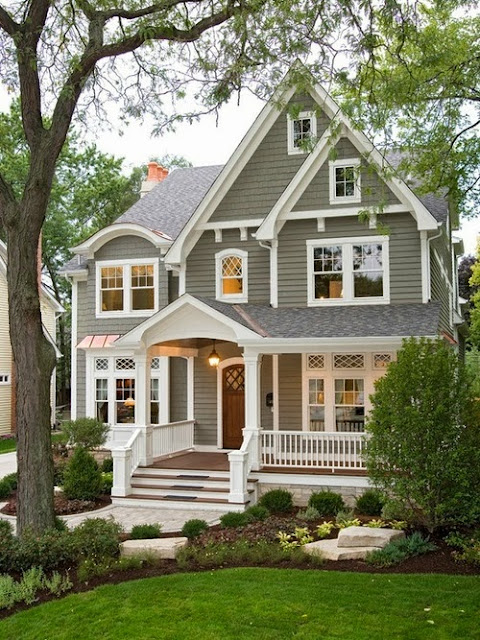Today, information is everywhere and some homeowners and professionals wonder if it is too much of a good thing with access to the Internet, television, and organizations that specialize in the home improvement field. Media - whether on-line, through television programming, or via print swing in opposite directions by a) creating a point of view that projects are easy with their before and after pictures, b) television thirty minute programming, or c) feature programs and news reports of contractor nightmares, rip-offs, and projects gone bad.
The professionals that successfully move a project from point A to point C is fascinating and certainly captures our attention. The short pieces of information, news, and entertainment inspire a homeowner to get started. But, what about point B? Teachers taught us to follow our ABC's for a reason. Getting a home project started may be challenging, but if you follow the ABC's of home improvement, you'll be much happier with the end result.
 |
| Before & After Kitchen Renovation Before Photo By: Jeanne At Gallo Rosso Kitchens After Photo By: True Identity Concepts |
As an Interior Design professional, improving upon an interior space involves working with many homeowners, trade professionals, and contractors. Motivation for an upgrade can vary from person-to-person, but bottom-line the return of investment (ROI), aesthetic outcome, and quality of life are the top motivating factors for renovating and/or designing a new space. My projects range from a full renovations of a kitchen or bath, refurnishing or space planning living spaces, to decorative finishes such as window treatments, new flooring, interior/exterior paint colors, and more. Let's face it, when it comes to our homes, no two projects are the same and that is the difficulty in moving from point A to point B, and getting started in point C.
 |
| Photo Source: True Identity Concepts Tumblr |
Starting At Point A
Step 1: Get Inspired!
 |
| Photo Source: Cultivate |
The American Association of Interior Designers (ASID) offers the best advice for homeowners to simply start a project by gathering pictures of spaces, materials, and designs that 'feel' right' via television, web-site, blogs, or photo galleries. I suggest starting an actual folder (on-line or hard copy) and begin by filling it with product and photos that appeal to you. Do not think about how it will work in your space. Simply let yourself be inspired by a particular style, feature, or product. A pattern will develop producing a kind-of wish list that will take you to the next steps. It's like a Holiday or Birthday Shopping Wish-List. You may not get all of the items on it, but any one or more of the items received would be a pleasant surprise. Remodeling Magazine list some of the top amenities homeowners want in their spaces.
Step 2: Do Your Research!
Source: eLocal.com
Consider the Return Of Investment on the home improvement project. Certainly, the motivating factors could be to sell your home, create a better flow in the space, or update an aesthetic feature within the home. Knowing how long and how much value the project will add to your home value is important. The National Association of Realtors (NAR), Remodeling Magazine, and House Logic offer the latest cost vs value research for home remodeling projects.
There are a lot of remodeling cost estimators on the Internet that are free. If need be, dig a little deeper based on a related field of expertise, professional organizations, or specific project (e.g. kitchen and bath renovation).
Step 3: What's The Magic Number?
Photo Source: True Identity Concepts Houzz
On-line resources offer a glimpse into specific project costs. Now, not all models i.e., homes are the same, but an informed consumer can make the processes a little easier. Houzz, National Kitchen & Bath Association (NKBA), Fixr, Consumer Reports, Remodeling Magazine, and House Logic are reliable places to get dollars associated with home improvement projects.
Do your research to get a sense of the costs associated with a home project, product, or repair. Planning to spend a bit of your saving now or in the near future creates an informed customer who can discuss their plans with professionals and maximize the time spent during a consultation. Setting a budget number is a commitment that will test your relational fortitude and remove the relational strain caused by remodeling.
Return to The ABC's of Home Improvement Projects and Educational Point B for your next step then move to Follow Through Point C to get your design started.
No comments:
Post a Comment